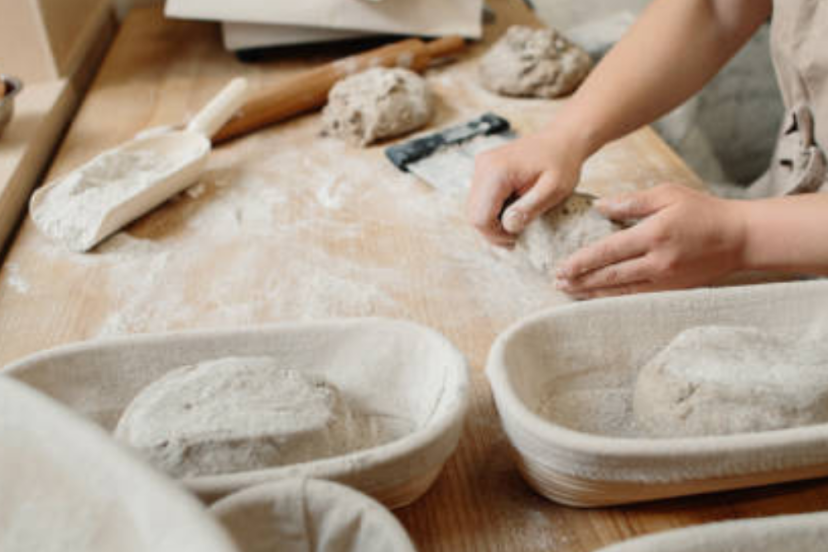Kitchen Rituals Building Meaningful Traditions Around Meals
Step into the heart of the kitchen, where the alchemy of ingredients and the symphony of sounds intertwine to create more than just a meal—it’s a ritual, a tradition. As an enthusiast advisor, let’s explore the enchanting world kitchen rituals building meaningful traditions around meals, the risks they may harbor in the realm of sound and taste, and how to navigate these challenges to build meaningful culinary legacies.
The Power of Rituals:
- Kitchen rituals are the threads that weave the tapestry of our culinary experiences. From the rhythmic chopping of vegetables to the comforting hum of a simmering pot, these rituals imbue the act of cooking with significance and turn each meal into a celebration. However, within these cherished traditions lie potential risks that can impact the harmony of the culinary experience.
Monotony and Stagnation:
- One risk associated with kitchen rituals is the potential for monotony and stagnation. While traditions bring comfort, a rigid adherence to the same rituals may lead to culinary predictability. The risk lies in meals becoming routine and losing the spark of excitement. As an advisor, I encourage a balance between cherished rituals and the occasional introduction of new elements to keep the culinary journey dynamic.
Sound as a Culinary Anchor:
- Sound is a central element in kitchen rituals. The comforting sizzle of ingredients hitting a hot pan or the rhythmic chopping that sets the tempo for meal preparation contributes to the sensory richness of the experience. However, the risk emerges when these sounds become an anchor, limiting the exploration of new flavors and techniques. Navigating this risk involves embracing the familiar sounds while remaining open to the symphony of culinary possibilities.
Emotional Weight of Tradition:
- Kitchen rituals often carry emotional weight, connecting us to our roots, memories, and cultural heritage. Yet, the risk lies in these traditions becoming burdensome, leading to a sense of obligation rather than joy. As an advisor, I advocate for the mindful examination of rituals, ensuring that they continue to bring joy, connection, and a sense of purpose to the culinary process.
Navigating the Risks:
- Navigating the risks associated with kitchen rituals requires a delicate dance between tradition and innovation. As an enthusiast advisor, I propose a few guiding principles to ensure that rituals remain a source of joy and inspiration rather than limitations.
Embrace Evolution:
- Kitchen rituals should evolve with the changing dynamics of life. Embrace the ebb and flow of culinary traditions, allowing room for adaptation and growth. Consider introducing new ingredients, techniques, or cultural influences into your rituals to infuse them with a fresh perspective.
Mindful Soundscapes:
- Acknowledge the impact of sound in kitchen rituals and approach it mindfully. While familiar sounds create a sense of comfort, be open to experimenting with new auditory elements. Integrate the sounds of unfamiliar ingredients or cooking techniques, enriching the symphony of your culinary traditions.
Cultivate Intentionality:
- Ensure that each kitchen ritual is imbued with intentionality. Whether it’s a weekly family dinner or a special holiday feast, infuse purpose into your culinary traditions. This intentional approach helps mitigate the risk of rituals becoming mundane or burdensome.
Collaborative Exploration:
- Turn kitchen rituals into collaborative explorations. Involve family members, friends, or fellow enthusiasts in the culinary process. Shared experiences not only deepen the meaning of rituals but also bring diverse perspectives that can invigorate and enrich the culinary journey.
Building Culinary Legacies:
- In essence, kitchen rituals are the building blocks of culinary legacies. They connect generations, weave stories, and create a sense of belonging. As an advisor, I encourage fellow enthusiasts to navigate the risks with a spirit of curiosity and intentionality. Let your kitchen rituals be dynamic expressions of your culinary identity, blending the comfort of tradition with the excitement of exploration.
Conclusion:
In the enchanting world of kitchen rituals, the risks are real but navigable. By embracing evolution, cultivating mindful soundscapes, infusing intentionality, and fostering collaborative exploration, you can transform rituals into meaningful culinary legacies. As an enthusiast advisor, I invite you to celebrate the symphony of your kitchen traditions, where each meal becomes a harmonious blend of the past, present, and future.


Comments are closed.